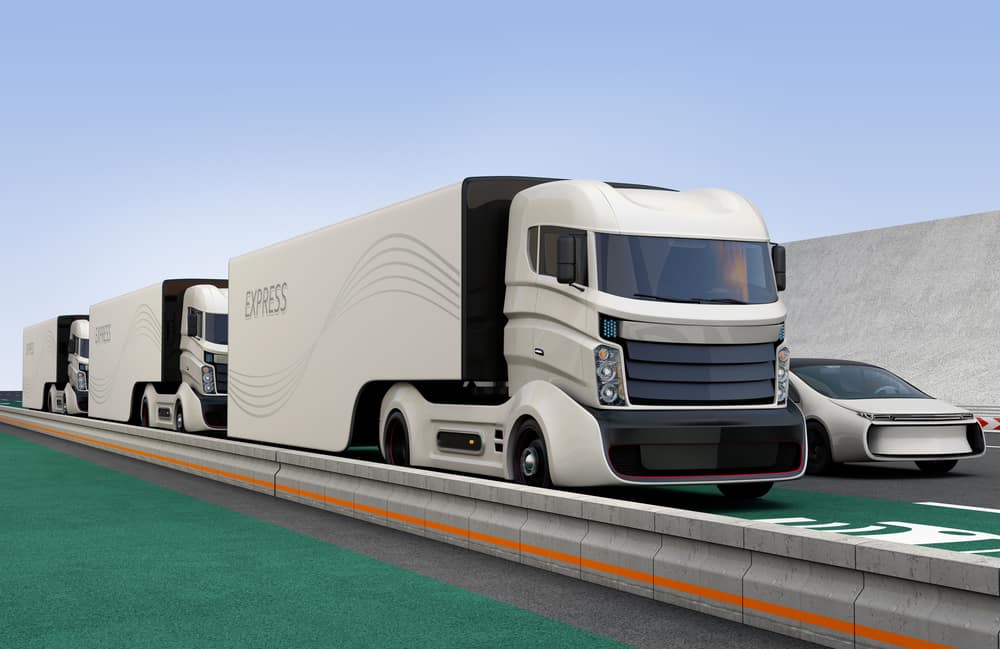A number of automobile manufacturers have already announced that their biggest future innovation will be autonomous (self-driving) vehicles.
We will likely see these vehicles not just on roads, but also in our oceans – as autonomous, container-carrying vessels with no crew. Additionally, even though drones only have a small cargo capacity, they have already successfully delivered small packages. Between these autonomous ships and the specialized use of drones, these two areas will greatly impact the shipping industry.
As autonomous vehicle technology becomes smarter and focused on machine-learning, what should we expect for the shipping industry?
- Reduced Amount of Drivers & Compensation Costs: In the U.S. alone, there are 5.7 million professionally-licensed drivers. According to the Wall Street Journal, a full-time driver’s salary plus benefits costs the transportation company between $70,000 – $110,000. With the current 10-15% driver deficit, autonomous vehicles can be a big help for transportation companies.
- Increased Safety: Considering the large amount of bad behavior a driver may show behind the wheel, a computer is actually an ideal motorist. Statistics show 81% of car crashes are the result of human error, while computers can take complete control and deliver goods safely. For example, a computer would not be destroyed in a crash the way a human would.
- Larger Variety of Route Options: Estimating the fastest routes would significantly improve traffic conditions and congestion. This would help reduce transit times in high-traffic areas and maximize fuel-efficiency.
Even with all these benefits, there are some cons to the introduction of autonomous vehicles.
First, this new technology will likely be expensive, as there is no established price range for these types of vehicles, and typically, new technology is not cheap. It will likely take more than a few decades to decrease the average unit cost of this new transportation technology.
Additionally, an increased amount of autonomous vehicles will also require additional infrastructure, such as new roads and traffic regulations. It will take time for these new vehicles to be normalized and integrated into the broader transportation supply-chain.




